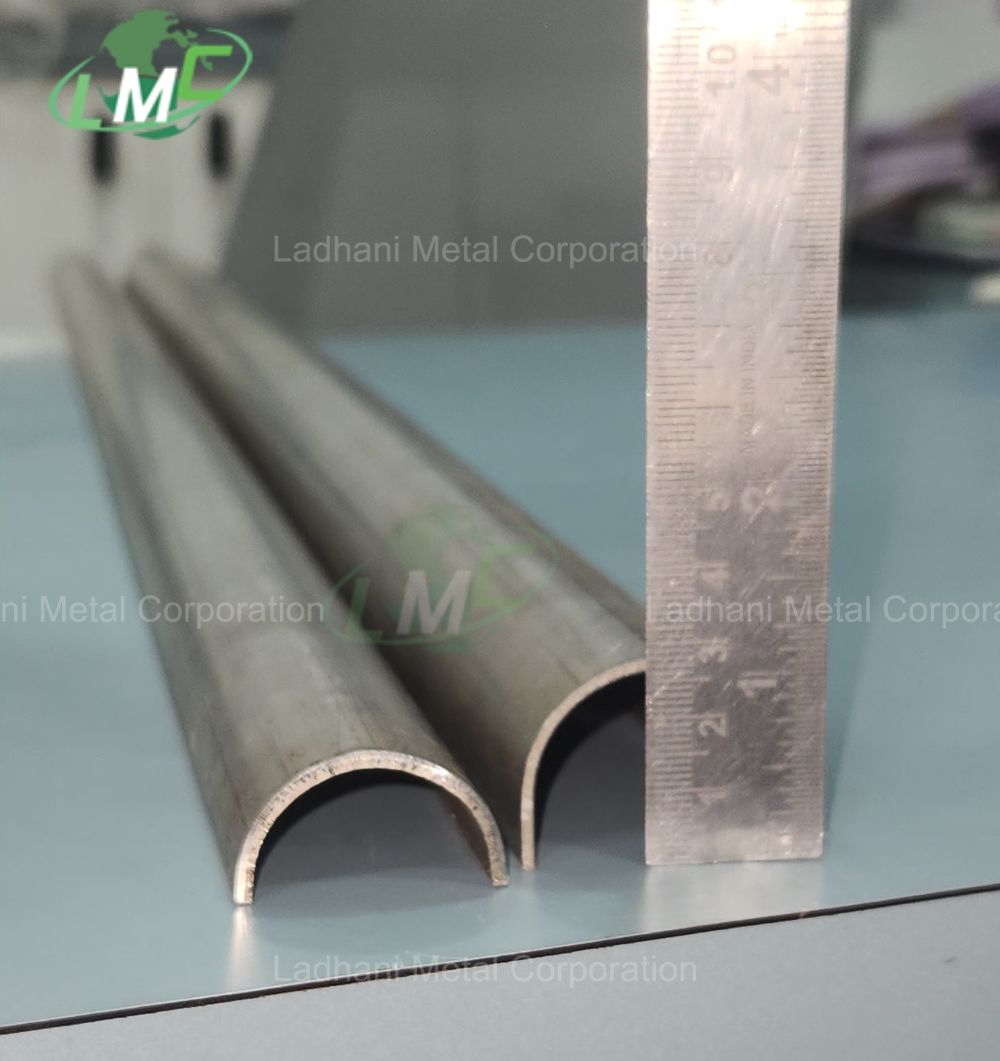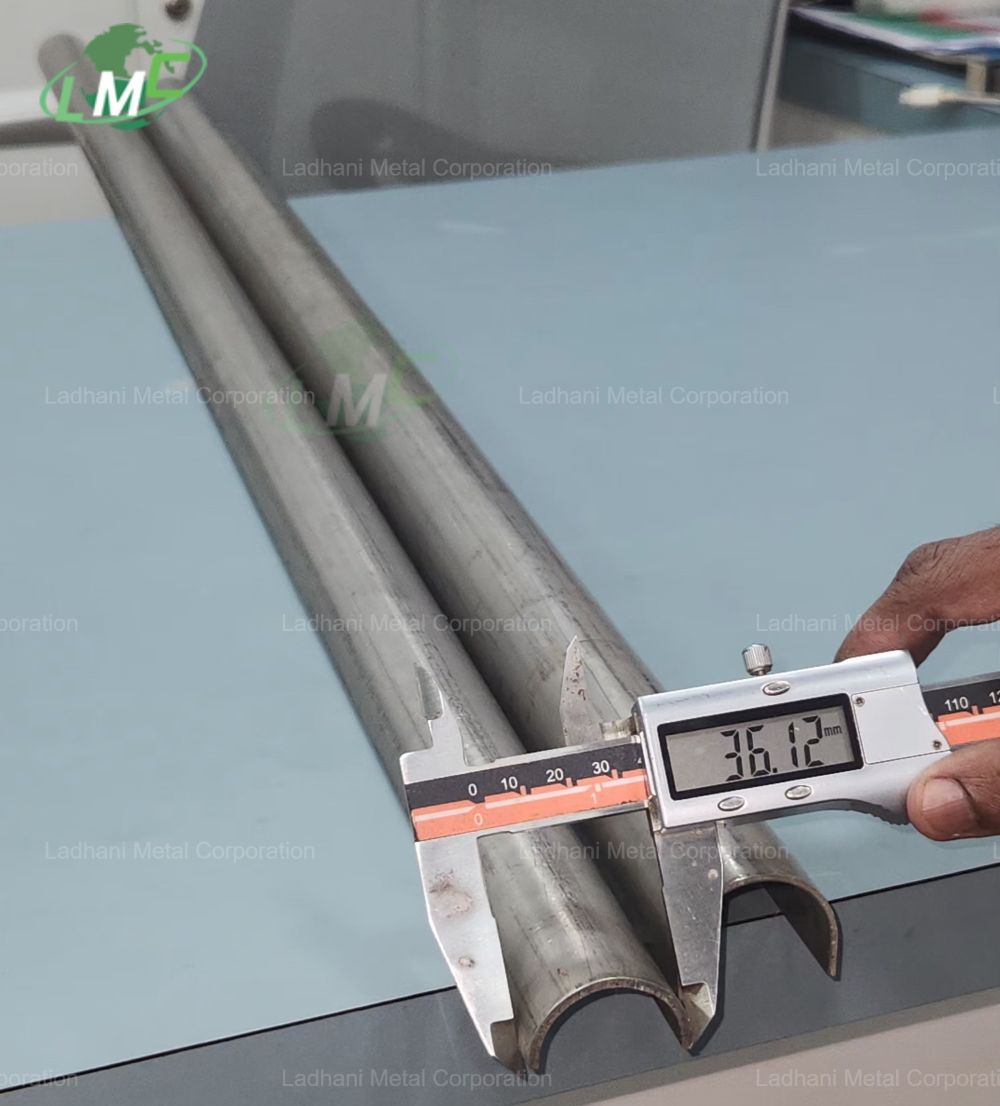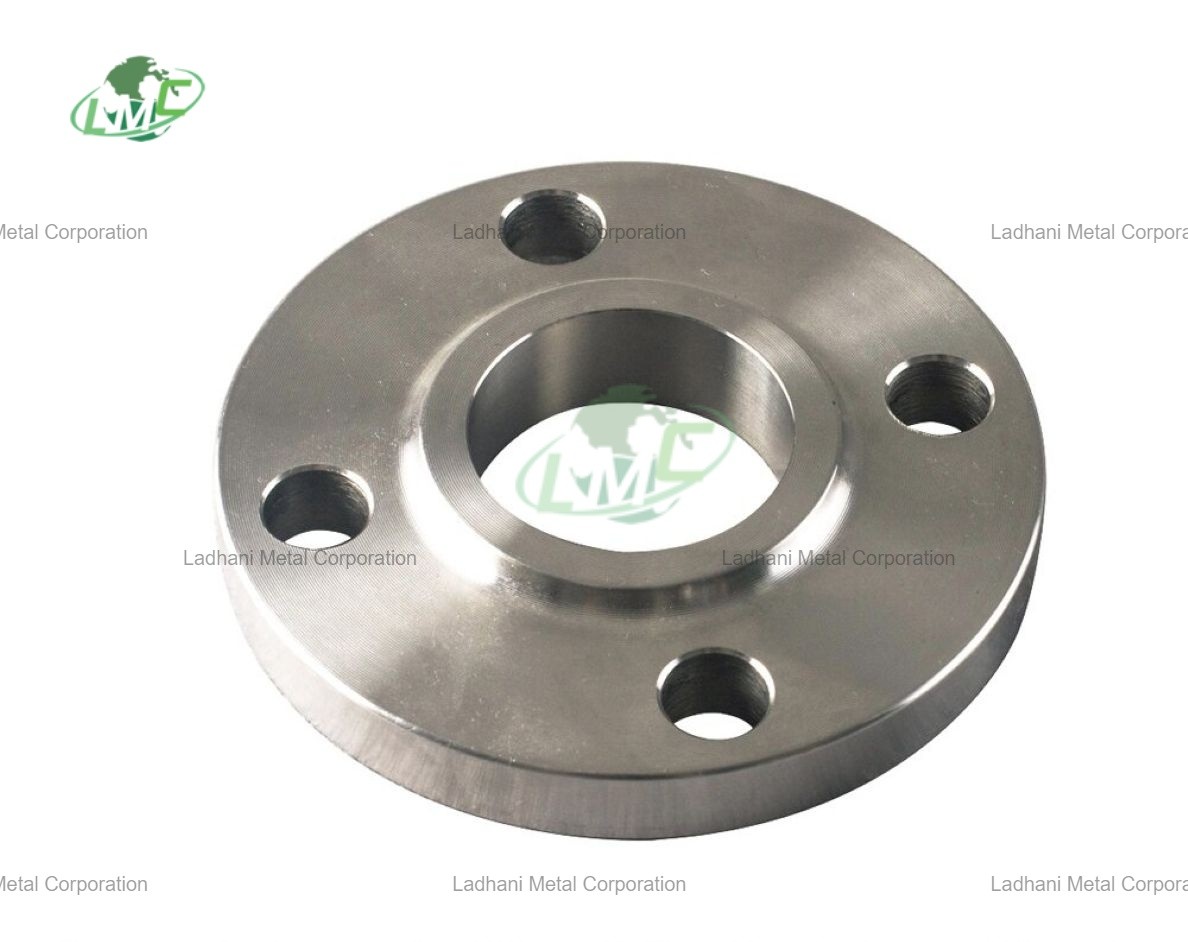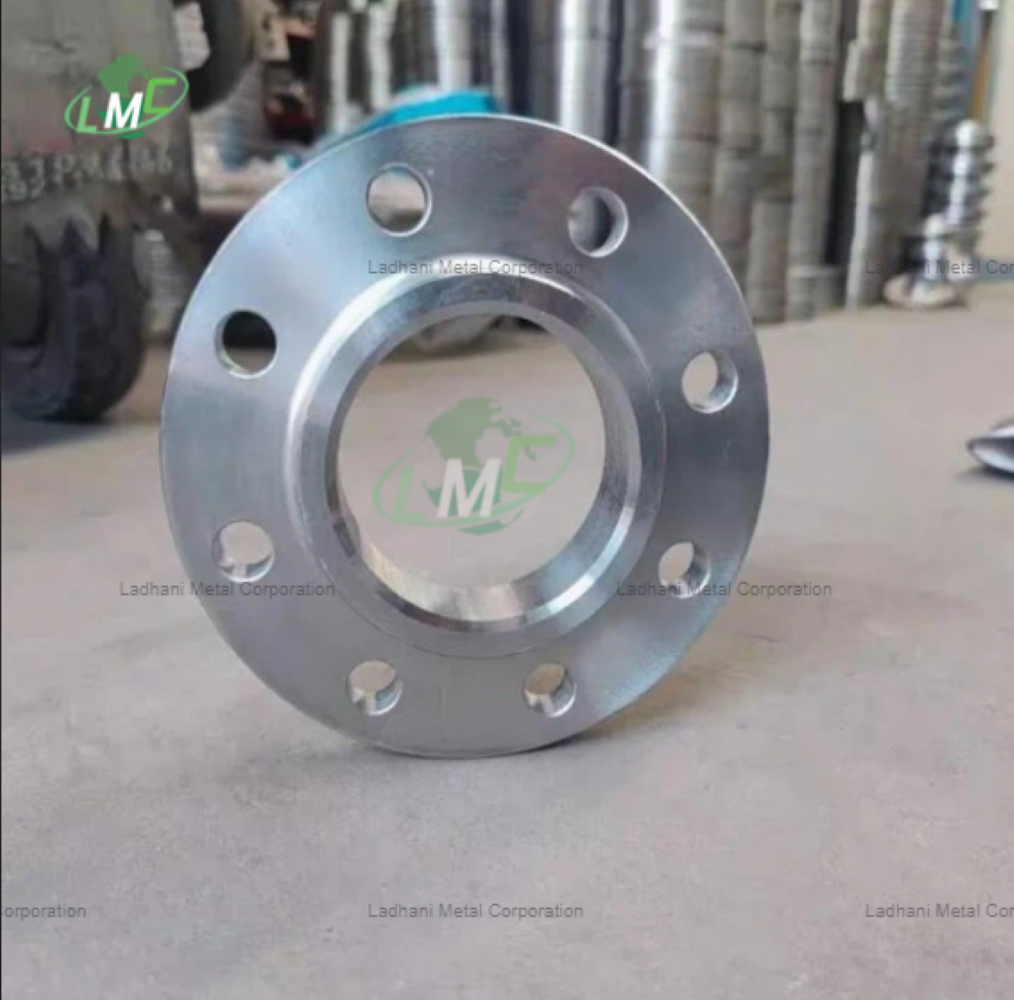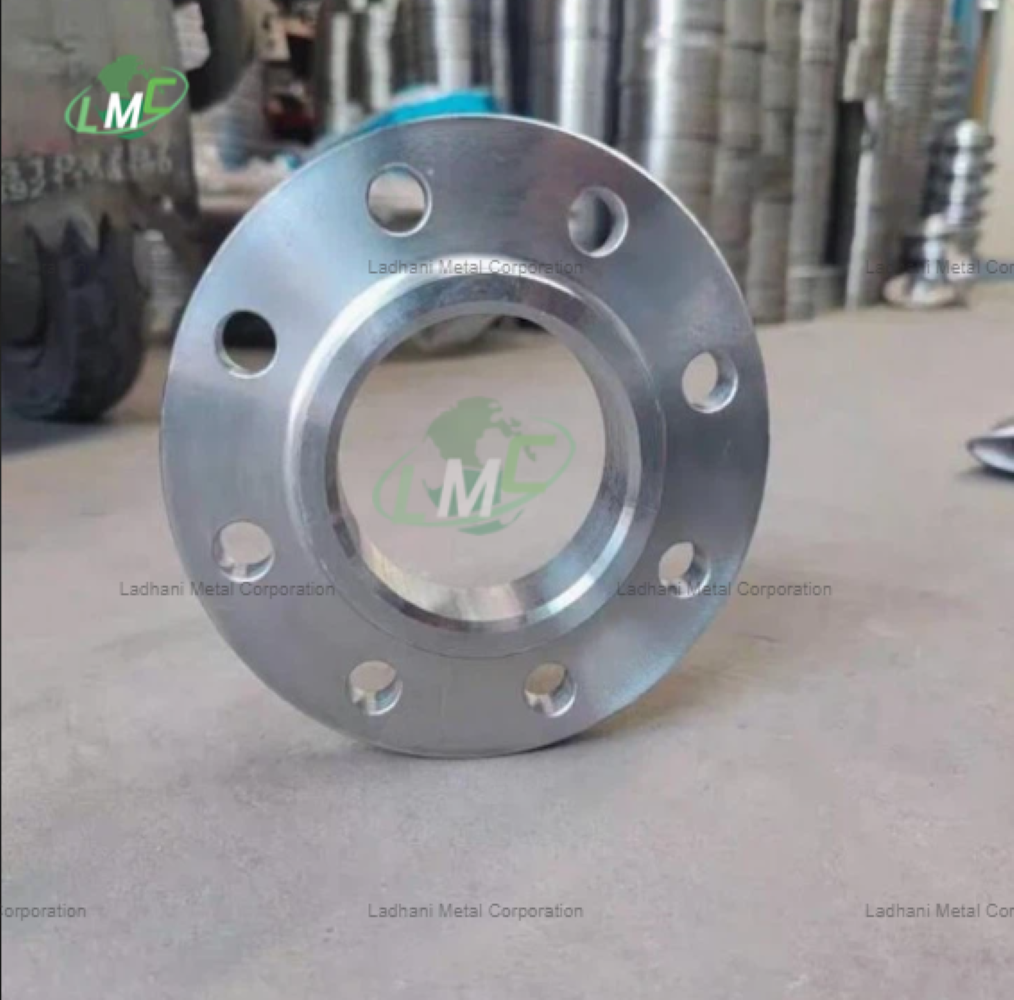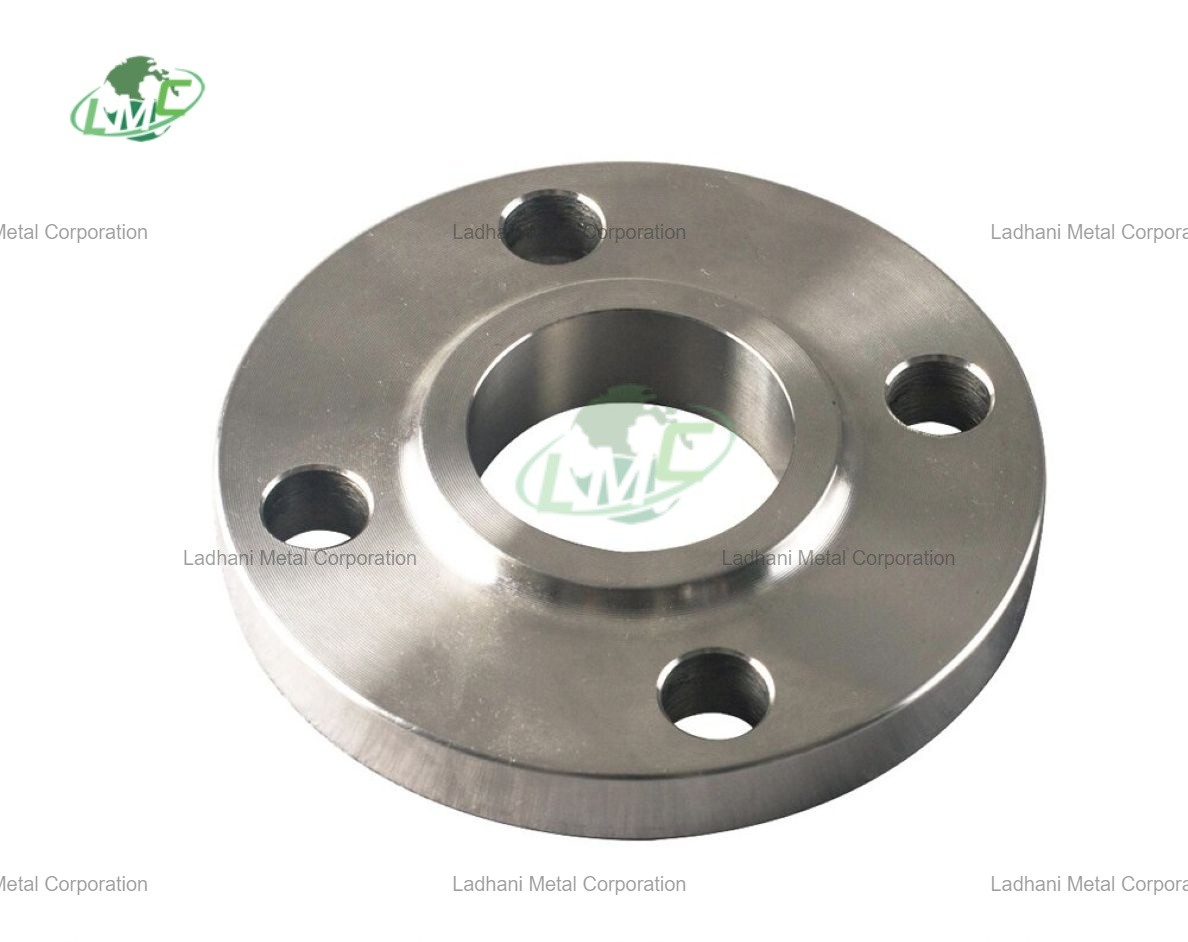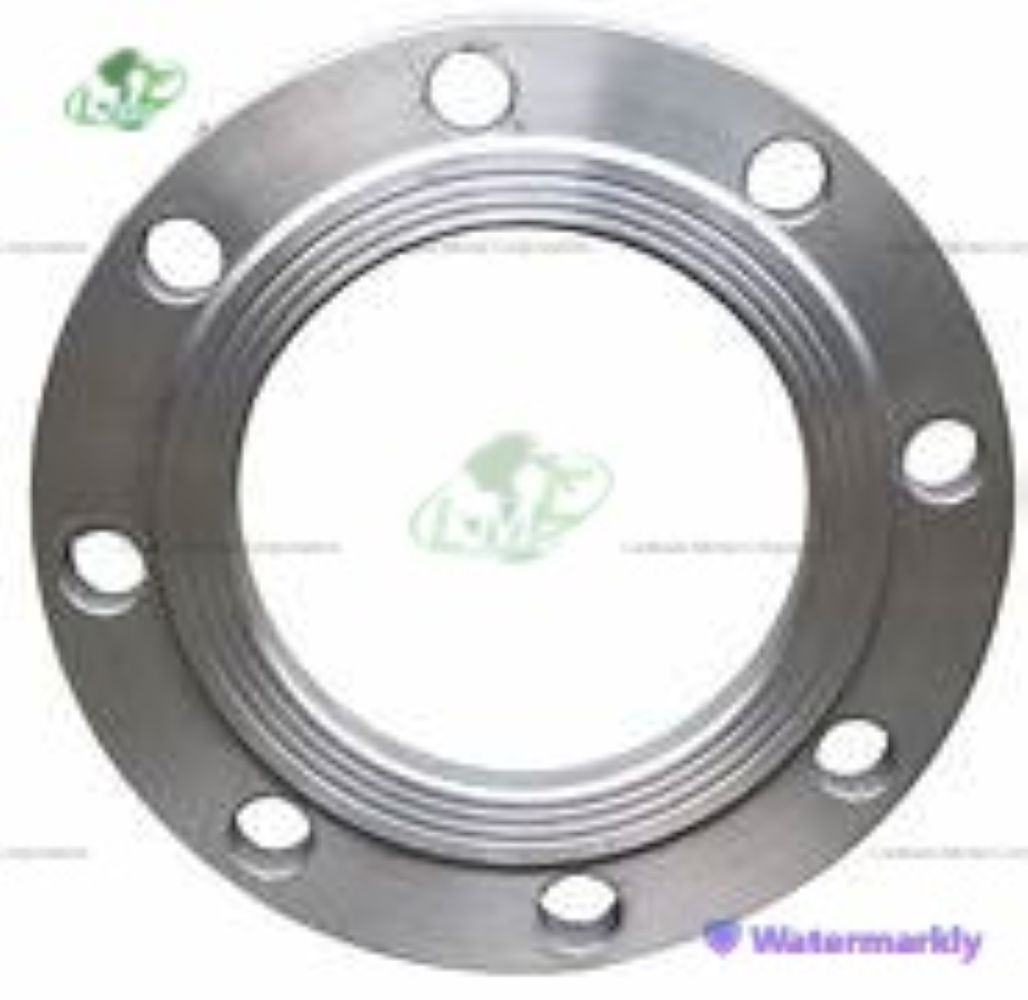Ladhani Metal Corporation manufactures and supplies SS Outer Tube Shields for Elbow Bends, engineered to provide reliable protection to boiler tubes at vulnerable bend areas. In power plants, WHRBs, HRSGs, and industrial boilers, elbow bends are subjected to severe erosion, oxidation, and soot blower impact due to high-velocity flue gases and abrasive ash particles. These shields act as a protective barrier, minimizing wear and extending the operational life of boiler tubes. Function of Elbow Bend Tube Shields • Protect elbow bends from high flue gas velocity and abrasive ash flow • Reduce localized thinning and premature tube failures • Defend against soot blower erosion at elevated temperatures • Extend boiler tube service life and reduce downtime Ladhani Metal Corporation manufactures, supplies, and exports SS Outer Tube Shields for Elbow Bends in multiple sizes, thicknesses, and bend radii, tailored to domestic and international boiler requirements. Available Grades • SS 304 / SS 304L • SS 310 / SS 310S • SS 316 / SS 316L • SS 410 / SS 420 / SS 430 • 1Cr13 • 1Cr18Ni9Ti • 1Cr20Ni14Si2 • 1Cr25Ni20Si2 • Cr23Ni13 • Cr25Ni20 Applications: Suitable for thermal power plants, waste heat recovery boilers (WHRBs), heat recovery steam generators (HRSGs), and industrial boilers where elbow bends are exposed to aggressive erosive and corrosive environments. Uses • Shields elbow bends in superheater, reheater, and economizer tubes • Protects against erosion caused by flue gases and ash particles • Prevents soot blower damage and scaling • Reduces maintenance frequency and improves boiler reliability Features • Excellent resistance to erosion, oxidation, and scaling • High thermal stability and mechanical strength at elevated temperatures • Precision fit for different elbow bend geometries • Wide range of stainless steel and special alloy options available Applications • Power generation boilers – Enhanced protection for elbow bends in critical zones • Waste heat recovery boilers – Guards against abrasive particle-laden flue gas • HRSGs – Durable under fluctuating temperature and erosive conditions • Industrial steam plants – Long service life and reduced downtime Conclusion The SS Outer Tube Shield for Elbow Bends by Ladhani Metal Corporation is a high-performance, export-ready solution for protecting boiler tubes against erosion, oxidation, and soot blower impact. Available in stainless steels SS 304/304L, SS 310/310S, SS 316/316L, SS 410/420/430, and special alloys such as 1Cr13, 1Cr18Ni9Ti, 1Cr20Ni14Si2, 1Cr25Ni20Si2, Cr23Ni13, and Cr25Ni20, these shields deliver reliable durability and longer service life under harsh boiler operating conditions. #Mumbai #Pune #Ahmedabad #Vadodara #Surat #Rajkot #Jamnagar #Bharuch #Ankleshwar #Vapi #Delhi #Faridabad #Ghaziabad #Noida #Gurugram #Chennai #Coimbatore #Tiruchirappalli #Hyderabad #Visakhapatnam #Vijayawada #Bangalore #Mangalore #Mysore #Kolkata #Durgapur #Asansol #Bhubaneswar #Rourkela #Raipur #Bhilai #Bilaspur #Nagpur #Nashik #Aurangabad #Indore #Bhopal #Jabalpur #Kanpur #Lucknow #Varanasi #Jaipur #Kota #Udaipur #Jodhpur #Chandigarh #Ludhiana #Jalandhar #Haridwar #Dehradun #Agra #Meerut #Aligarh #Moradabad #Bareilly #Mathura #Gwalior #Rewa #Satna #Sagar #Ujjain #Ratlam #Solapur #Kolhapur #Amravati #Akola #Jalgaon #Latur #Sangli #Nanded #Gandhinagar #Bhavnagar #Mehsana #Surendranagar #Junagadh #Nadiad #Nizamabad #Karimnagar #Warangal #Kurnool #Nellore #Tirupati #Madurai #Tirunelveli #Thoothukudi #Belgaum #Hubli #Tumkur #Sambalpur #Jamshedpur #Ranchi #Dhanbad #Patna #Muzaffarpur#halftubeshield #utypehalftubeshield #tubeshieldexporter #TubeShield #HalfTubeShield #SSHalfRoundShield #BoilerTubeShield #BoilerShield #TubeProtection #Tubeshieldmanufacturer #BoilerTubeProtection #SSTubeShield #MetalIndustry #SteelFabrication #IndustrialShielding #SS304Shield #SS316Shield #StainlessSteelShield #WeldOnShield #WeldedTubeShield #TubeCladding #BoilerTubeSleeve #TubeSleeve #MetalFabrication #PowerPlantSupplies #RefineryEquipment #ProcessIndustry #MetalComponent #TubeShieldForBoilers #BoilerParts #SteelSolutions #TubeShieldManufacturer #TubeShieldSupplier #SSShielding #IndustrialTubeShield #BoilerTubeGuard #CustomMetalParts #SteelIndustryIndia #MetalEngineering #HeavyIndustrySupply #StainlessSteelIndia #SteelExporters #MetalComponentExport #FabricatedProducts #SteelDealer #IndustrialSupplyIndia #BoilerTubeFittings #TubeShieldingSolutions #HalfTubeCover #HeatExchangerShield #HalfRoundReheaterShield #ReheaterTubeShield #BoilerReheaterProtection #PowerPlantTubeShield #BoilerErosionShield #SteamBoilerTubeShield #HighTempTubeShield #BoilerWearProtection
Send Message
